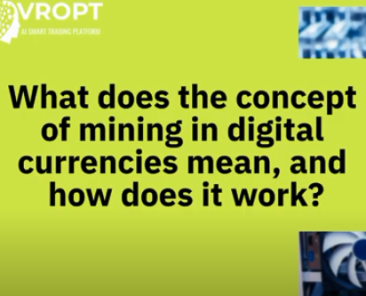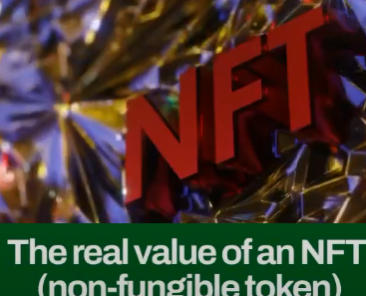If you’ve ever wondered what really drives the price of Bitcoin and other cryptocurrencies, this video is a must-watch!
In just a few minutes, you’ll learn the key factors that influence crypto prices — from supply and demand to global news, government regulations, and even whale activity
The rise of NFTs has created exciting opportunities, but it has also attracted scammers looking to exploit unsuspecting investors.
Mining in the context of cryptocurrencies refers to the process of validating transactions and adding them to the blockchain—essentially the digital ledger that tracks all transactions. It requires powerful computers to solve complex mathematical problems, which, when solved, allow miners to add a new block to the blockchain.
The value of NFTs depends on scarcity, creator reputation, utility, community support, ownership history, and market trends. These factors collectively determine their desirability and price in digital ecosystems.






